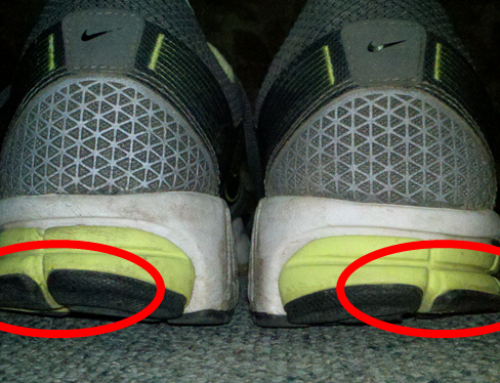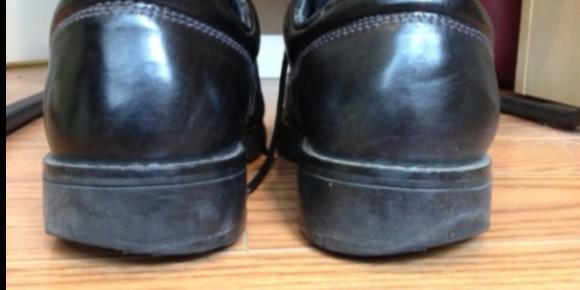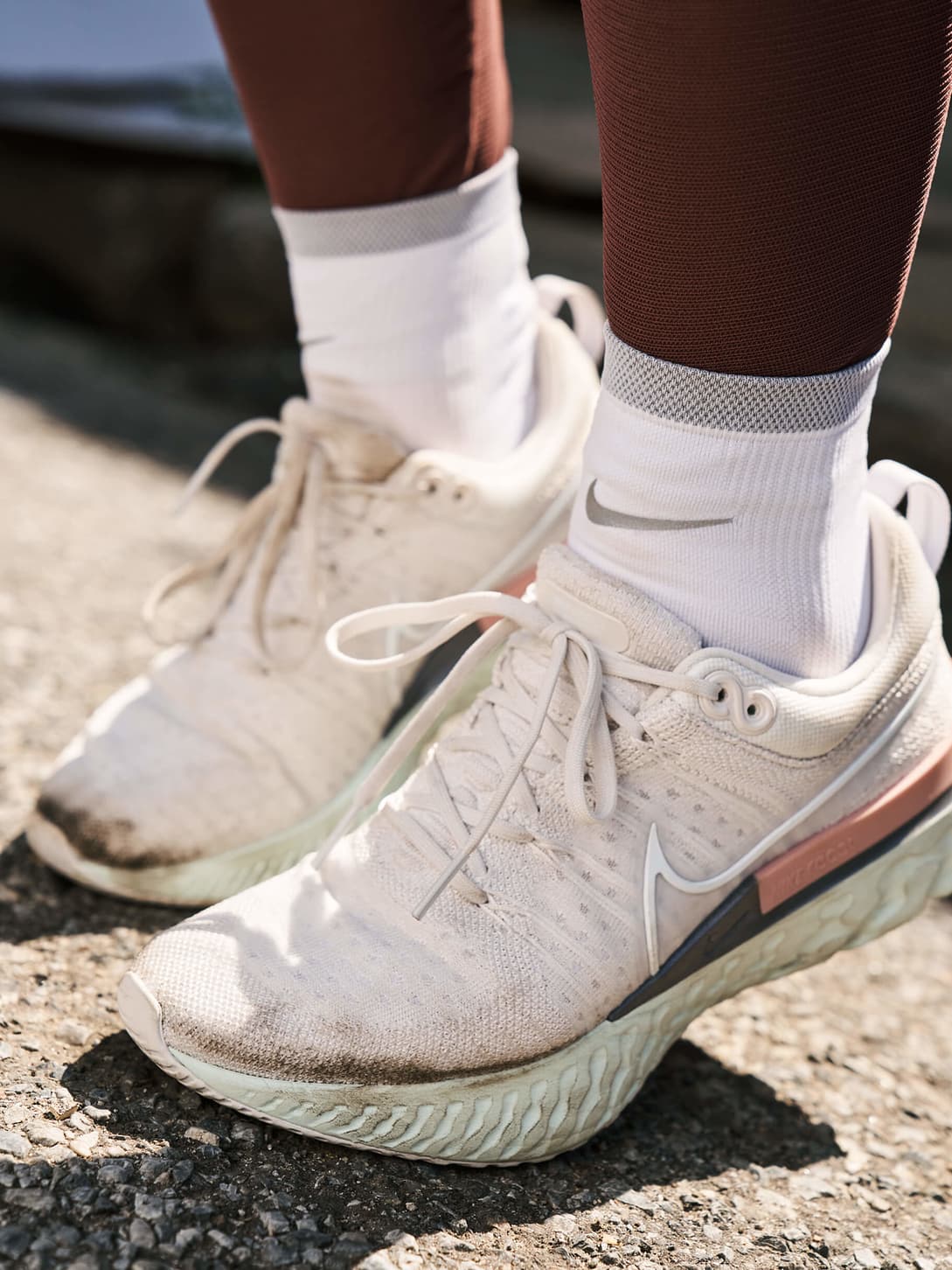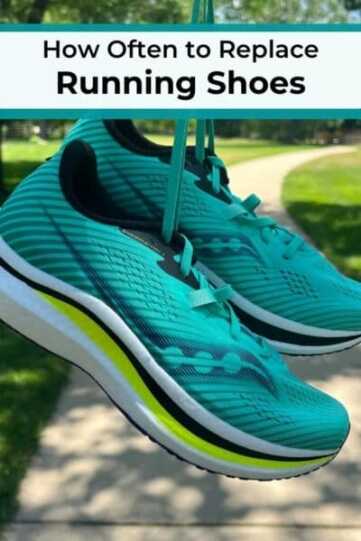When it comes to footwear, we all know that style and comfort are vital. But have you ever stopped to think about how often you should change your shoes? Whether you’re a shoe enthusiast, a fashion lover, a professional on your feet all day, or even a business owner wondering about the best practices for your employees, this guide will cover everything you need to know about changing shoes. Let’s dive in!
Understanding Shoe Lifespan
Shoes are designed for various functions, and each type has its own lifespan. Understanding the factors that influence how often you should replace your footwear can make a significant difference not only in comfort but also in your overall health.
Common Indicators for Shoe Replacement
Most experts recommend replacing shoes every 300 to 500 miles for running shoes and every 6-12 months for everyday wear shoes, depending on usage. Here are some common indicators that it may be time for a new pair:
- Visible Wear and Tear: If the sole is worn down, or if there are significant creases and cracks, it’s time for a change.
- Lack of Support: If you find your feet hurting after a regular day of wear, your shoes may no longer provide the support you need.
- Unpleasant Odor: Even after cleaning, shoes can retain a smell indicating it’s time to replace them.
- Change in Foot Size: Feet can change over time; if your shoes feel tight or uncomfortable, you may need a new size.
Footwear Case Study: The Runner’s Perspective
Let’s look at Sarah, an avid runner who logs about 20-30 miles each week. Sarah used to think her shoes were still good as long as they looked decent. However, after experiencing frequent knee pain, she decided to consult a podiatrist. She learned that her shoes had lost their cushioning and support after just 250 miles. Now, Sarah replaces her running shoes every 300 miles and has seen a dramatic improvement in her comfort and performance.
The Impact of Worn-out Shoes on Foot Health
Worn-out shoes can lead to a host of problems, from blisters and calluses to more severe issues like plantar fasciitis. Understanding the consequences of continuing to wear old shoes is essential for maintaining foot health.

Common Foot Injuries Associated with Old Footwear
- Plantar Fasciitis: This condition results from excessive strain on the foot. Worn soles can fail to provide the necessary arch support, leading to pain.
- Runner’s Knee: This is often exacerbated by shoes lacking adequate cushioning, making it particularly relevant for those who run or walk a lot.
- Blisters and Calluses: Friction caused by shoes that do not fit properly can lead to blisters, which is why changing your shoes can prevent discomfort.
Studies Supporting Shoe Replacement Guidelines
According to a study published in the Journal of Sports Science & Medicine, runners who regularly replace their shoes reduce acute injuries significantly compared to those who do not. The study suggests adhering to the 300-500 miles rule for high-impact sports.

How to Extend the Life of Your Shoes
While all shoes wear out eventually, there are several tips and tricks you can use to prolong their lifespan. By taking care of your footwear, you not only save money but also ensure your shoes remain comfortable and supportive.
Cleaning and Maintenance Tips
- Regular Cleaning: Dirt and grime can wear down materials. Make it a habit to clean your shoes after each wear.
- Use Shoe Trees: Inserting these can help maintain the shape of your shoes, especially for leather varieties.
- Drying Properly: Never leave your shoes in damp environments. Proper drying can prevent deterioration.

Product Highlight: Shoe Care Kits
A good shoe care kit can be a game-changer. Brands like Shoe MGK and Jason Markk offer comprehensive kits that include cleaners, brushes, and protective sprays that can greatly extend the life of your shoes. Investing in such products isn’t just about maintenance; it’s about preserving your investment.
Choosing the Right Footwear for Your Lifestyle
Finding the right shoes tailored to your activities can help prevent quick wear and tear. Here’s a breakdown of key types of footwear:

Differentiating Shoe Types Based on Activity
| Type of Shoe | Recommended Replacement Period | Key Features |
|---|---|---|
| Running Shoes | 300-500 miles | Lightweight, cushioned, and supportive |
| Walking Shoes | 6-12 months | Comfortable, supportive, and flexible |
| Dress Shoes | 1-2 years | Stylish, often less cushioning |
| Work Boots | 1 year | Durable, protective features |
Real-world Experiences with Different Shoe Types
Consider Tom, who wears dress shoes for work. He found that the soles of his shoes wore down quickly due to the high friction of office floors. By switching to a more cushioned dress shoe designed for extended wear, he extended the life of his footwear and reduced discomfort.

Pros and Cons of Changing Your Shoes Regularly
As with everything, there are pros and cons associated with changing shoes regularly. Here’s a detailed analysis:
Pros
- Enhanced Comfort: New shoes provide better cushioning and support.
- Improved Foot Health: Regular changes can reduce injuries and foot pain.
- Better Functionality: Shoes designed for specific activities perform better when they are new.

Cons
- Cost: Frequent changes mean more spending.
- Adjustment Period: New shoes may require a breaking-in phase.
- Environmental Concerns: Increased waste from old shoes contributes to environmental issues.
Frequently Asked Questions (FAQs)
Here are some commonly asked questions about how often to change shoes:

1. How can I tell if my shoes are worn out?
Check for visible signs of wear such as uneven soles, loss of cushioning, and discomfort while walking or running. If your shoes have any significant creases or cracks, it’s time for new ones.
2. Do different types of shoes wear out at different rates?
Yes, athletic shoes generally wear out faster than dress shoes due to the materials and construction used. On average, running shoes should be replaced every 300-500 miles, while other types may last longer.

3. Is it okay to wear old shoes for casual outings?
While old shoes may be acceptable for casual wear, they might not provide adequate support and could lead to discomfort or health issues. It’s always best to evaluate their condition before choosing to wear them.
4. Can the climate affect how often I should change my shoes?
Yes, high levels of humidity and heat can accelerate wear and tear. Shoes may break down faster if they are exposed to extreme weather conditions regularly.
5. What are signs of foot problems from old shoes?
Common signs include persistent foot pain, discomfort in the arches, or developing blisters and calluses that weren’t there before.
6. Should I always buy the same brand of shoes?
While brand familiarity can provide comfort, it’s essential to try different brands and models to find what offers the best fit and support for your feet.
7. How can I donate or recycle my old shoes?
Many charitable organizations accept gently used shoes, and some retailers have recycling programs where you can drop off old shoes for responsible disposal.
8. Is there a difference between men’s and women’s shoe lifespan?
The lifespan of shoes primarily depends on usage and quality, not gender. However, specific styles designed for men or women may have different features affecting durability.
9. How long do high-quality athletic shoes typically last?
High-quality athletic shoes can last up to 500 miles, depending on the brand, material, and how often they’re used.
10. Can I extend the life of my shoes with insoles?
Yes, insoles can provide extra cushioning and support, which can help extend the lifespan of your shoes and improve comfort.
11. What should I look for in a new pair of shoes?
Always consider the fit, arch support, cushioning, and the shoe’s intended purpose. Trying them on and walking around can help you make the best choice.
Conclusion: Invest in Your Feet
Changing your shoes regularly is not just about aesthetics but crucial for your foot health and overall well-being. With our insights, strategies, and tips, you now have all the information needed to make informed decisions regarding your footwear. Remember: your feet carry you through life—invest in their comfort and support!
So, how often will you change your shoes? Hopefully, you’ll take the steps necessary for a healthier, happier stride!